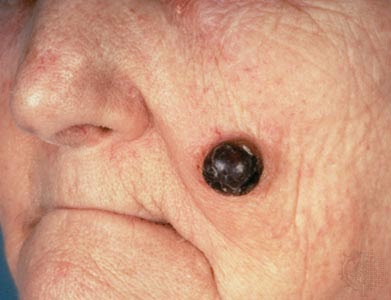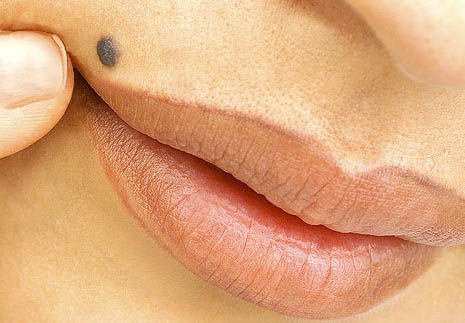
There are many symptoms of moles, including color, symmetry, asymmetry, and edges. Symptoms of melanoma may also include bleeding or new moles on the skin. A yearly checkup is the best way to detect any suspicious moles. Having several moles examined is also helpful for people with a family history of skin cancer. In addition to checking your skin for new moles, you can also request a biopsy if you notice any unusual changes.
First of all, look at the size of the mole. A typical mole will darken over time. Atypical moles may be raised after being flat, have irregular borders, or change color over time. Make sure to visit a dermatologist right away if you notice any unusual changes in the size of your mole. If it looks abnormal, it could be a sign of cancer. A melanoma is also characterized by itching.
When checking your skin for moles, look for changes in their size and color. A cancerous mole becomes larger than 6 millimeters and can take on different colors. It may also itch, bleed, or develop new symptoms. Although every mole is different, a cancerous mole should be examined by a dermatologist if it changes color, size, or shape. If the mole is large, it is a sign of cancer.
Other symptoms of moles include symmetrical changes, jagged and blurred edges. Halo nevus is a sign of melanoma and should be checked by a dermatologist for further diagnosis. If you have questions about the symptoms of moles, contact your dermatologist at https://hopitalcentral.org/
for a professional opinion. If symptoms persist, consult a dermatologist immediately. The doctor will examine the mole and determine whether it is benign or cancerous.

While the color and texture of a mole are not a cause for concern, you should visit a dermatologist if the mole is too large or changes shape. A dermatologist will check the area for these symptoms and may recommend a biopsy. If the condition persists, the dermatologist may also recommend a biopsy. However, melanoma can be difficult to remove.
There are other symptoms of moles. Some of them may be harmless, but there are also some that may indicate cancer. In addition to the change in color, the mole may become raised and have uneven borders. A dermatologist can help you determine the type of pigmented lesion. He also examines the size of the mole. If it is larger than a pencil eraser, it is melanoma.
In addition to itching, a mole can be malignant. Symptoms of melanoma include redness and itching. Moreover, itchy skin can be a sign of melanoma. If you notice a new mole on your skin, consult your doctor immediately. If the color changes, it may be cancer. It is important to have your doctor check this. You can save your life by identifying a mole by its characteristic features and symptoms.
A melanoma may be hard to diagnose. If you think that a mole is malignant, seek medical advice immediately. You may be surprised to learn that you have a melanoma-related mole. While you don’t need to have it removed, it can be a sign of cancer. While it is not necessarily cancer, it can be a sign of other health problems. Your doctor will be able to determine if it’s a melanoma.
Atypical moles are not cancer. The color of a mole should remain the same throughout its life. If a mole is asymmetric, it might be a symptom of a melanoma. It will be removed by a dermatologist or sent to a laboratory for testing. If a typical mole changes color, it may be cancerous. If you see any of these signs, you should consult a doctor immediately.
If you notice a mole that changes color or size, see a dermatologist. A dermatologist can perform a skin biopsy to determine if a mole is cancerous. The results of the test can take as little as a week. If a mole is cancerous, it must be removed. It is important to consult with a dermatologist if you notice a mole that changes and is bleeding.